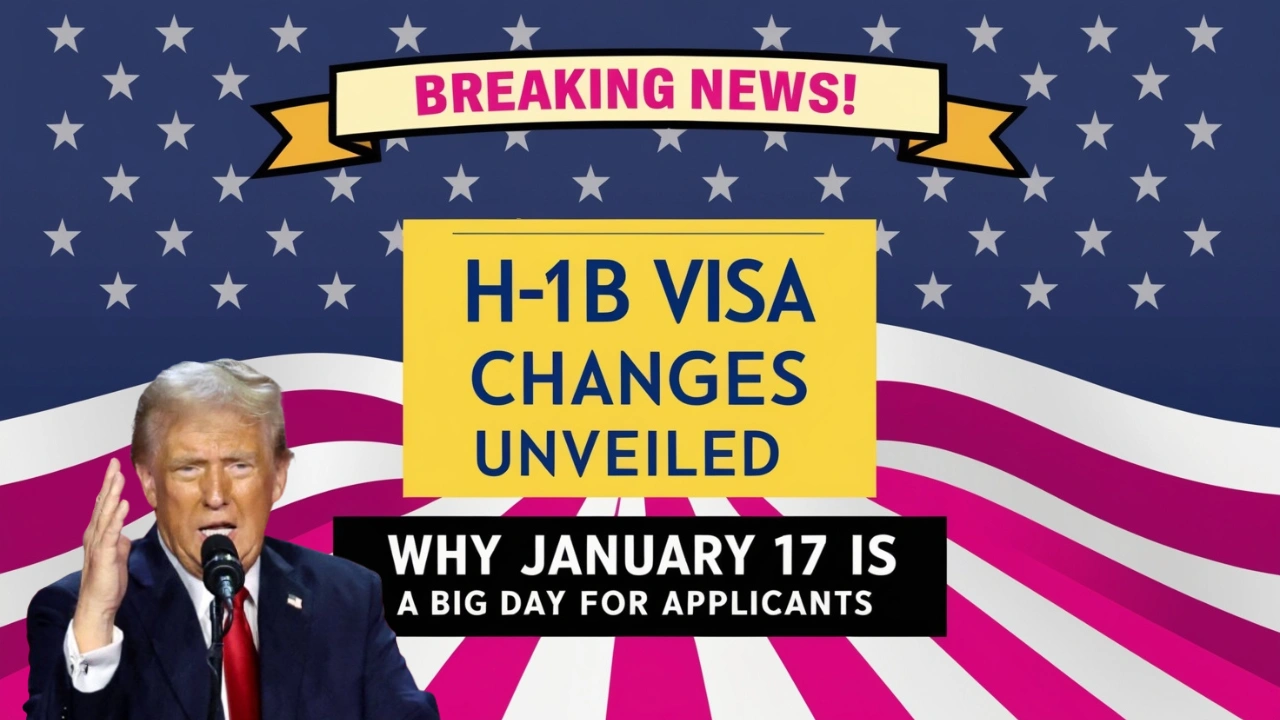The H-1B visa has long been a gateway for global professionals to work in the United States. Recent updates to the program have made it easier and more transparent than ever before. This guide provides a comprehensive overview of the latest changes, key eligibility requirements, and practical tips to help you secure your H-1B visa swiftly. Whether you are applying for the first time or seeking to renew your visa, this article is your go-to resource.
Understanding the H-1B Visa
The H-1B visa allows U.S. employers to hire foreign workers in specialized fields that require expertise. These roles typically include jobs in sectors like IT, healthcare, finance, and engineering. The H-1B program is essential for filling talent gaps in high-demand industries, benefiting both the U.S. workforce and foreign professionals seeking career opportunities.
To be eligible for the H-1B visa, applicants must meet the following requirements:
- A valid job offer from a U.S. employer.
- A bachelor’s degree (or equivalent) in a related field.
- Proof that the job is a specialty occupation, requiring specific expertise.
The H-1B visa is a critical tool for enhancing the U.S. economy’s global competitiveness.
Recent Changes to the H-1B Visa Program
Effective January 17, 2025, the Department of Homeland Security (DHS) introduced several updates to modernize and simplify the H-1B visa process. These changes aim to improve efficiency, enhance fairness, and prevent abuses of the system. Here’s a breakdown of the key updates:
- Faster Renewals for Extensions
H-1B visa renewals for the same employer and job position will now be processed faster. If there are no changes in your role and you meet all eligibility requirements, your renewal application will be streamlined. - Clarified Specialty Occupation Requirements
The new rules place greater emphasis on a direct connection between your degree and the job role. For example:- A computer science degree is directly applicable to a software development job.
- A general business degree must be closely related to the specific job duties, such as market analysis or financial management.
These adjustments help ensure applicants possess the right qualifications for their roles, leading to a more transparent and effective application process.
- Enhanced Compliance and Site Inspections
The DHS now has the authority to conduct random site visits to verify employer compliance. These inspections are intended to:- Ensure that employers are adhering to program rules.
- Confirm that foreign workers are employed in the approved roles.
Failure to comply with these rules could result in penalties, so both employers and employees must maintain accurate records and follow the program’s terms.
- Smoother Transition for F-1 Students
Foreign students on F-1 visas will now benefit from automatic extensions of their work authorization during the transition to H-1B status. This update ensures that there are no employment gaps between graduation and starting an H-1B job, particularly for students graduating in the spring.
Step-by-Step Guide to Applying for an H-1B Visa
Navigating the application process can seem daunting, but breaking it down into clear steps can make it much easier. Here’s a simple guide:
Step 1: Verify Eligibility
Make sure you meet the following criteria:



